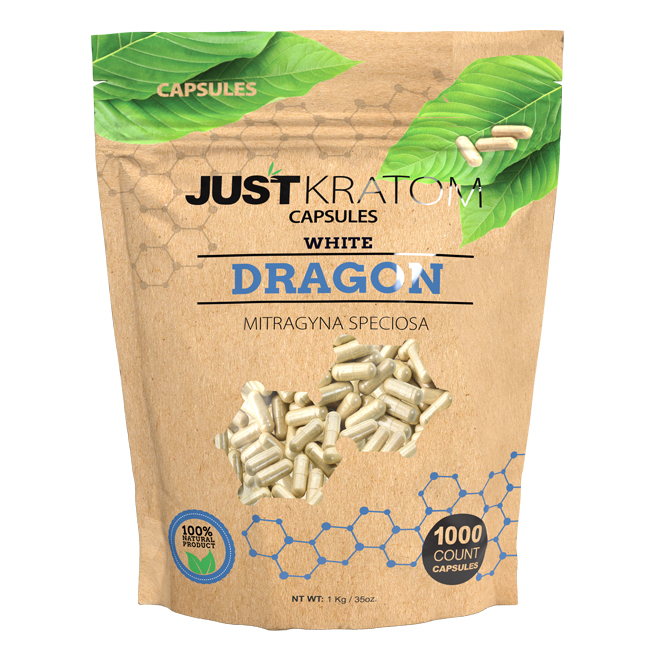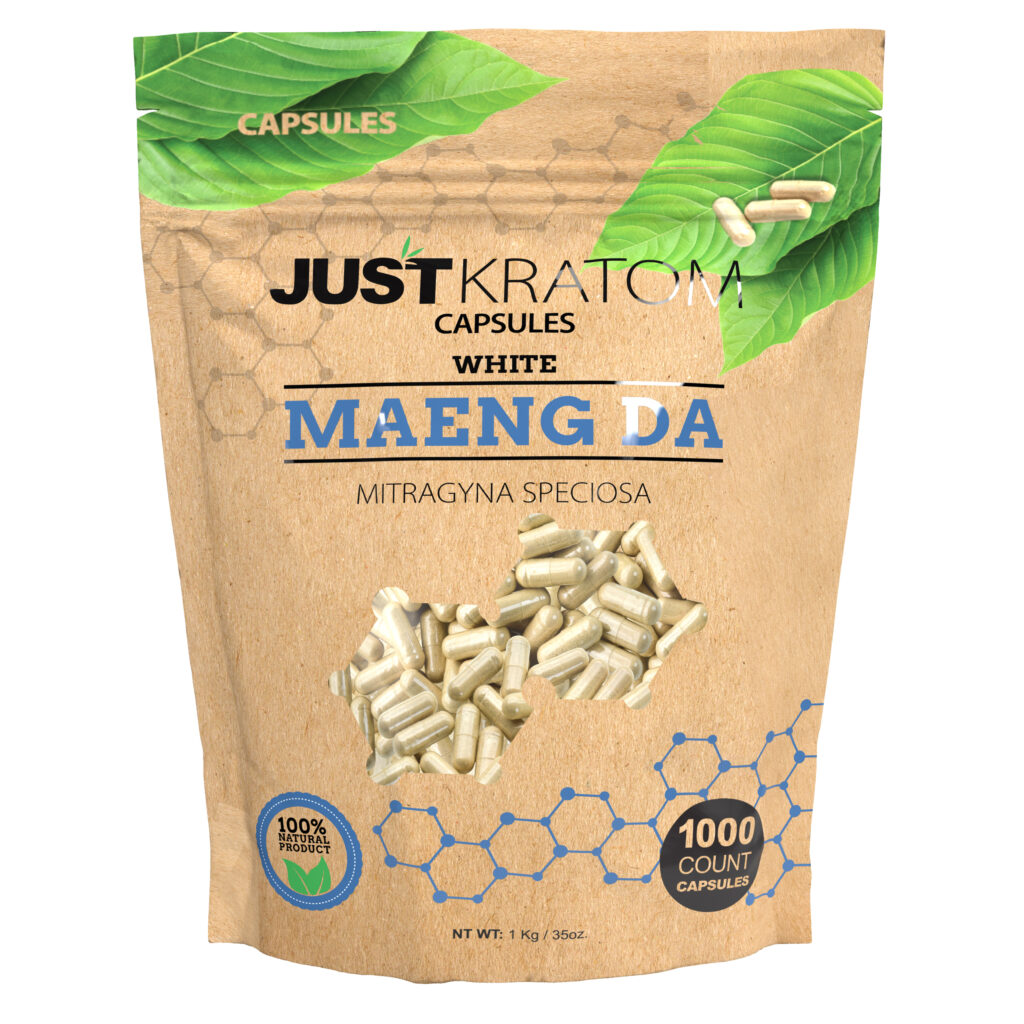Mechanism of Action
Understanding how kratom capsules might help manage chronic fatigue syndrome begins with exploring their mechanism of action.
Potential Impact on Central Nervous System
Kratom exerts its effects through interaction with opioid receptors in the brain, specifically the mu and kappa opioid receptors. Activation of these receptors is thought to contribute to kratom’s analgesic, mood-boosting, and energizing properties. In individuals with chronic fatigue syndrome, kratom may alleviate fatigue by modulating neurotransmitters involved in energy regulation, such as dopamine and norepinephrine.
While the precise impact of kratom on the central nervous system is still under investigation, there is evidence suggesting potential benefits for managing symptoms associated with chronic fatigue syndrome. However, it’s crucial to acknowledge that kratom can also produce adverse effects, including drowsiness, constipation, and anxiety.
Effects on Pain Perception and Energy Levels
Kratom exerts its effects through interaction with opioid receptors in the brain, specifically the mu and kappa opioid receptors. Activation of these receptors is thought to contribute to kratom’s analgesic, mood-boosting, and energizing properties. In individuals with chronic fatigue syndrome, kratom may alleviate fatigue by modulating neurotransmitters involved in energy regulation, such as dopamine and norepinephrine.
The effects of kratom on pain perception are complex and depend on the dose administered. At lower doses, kratom can act as a stimulant, potentially increasing alertness and reducing perceived pain. However, higher doses tend to produce opioid-like effects, which may lead to analgesia and sedation.
Regarding energy levels, kratom has been reported to improve energy and reduce fatigue in some individuals with chronic fatigue syndrome. This effect is likely attributed to its interaction with neurotransmitters like dopamine and norepinephrine, which play a role in regulating energy and alertness.
Clinical Evidence
Chronic fatigue syndrome (CFS) is a debilitating condition characterized by persistent and overwhelming fatigue that is not relieved by rest. Individuals with CFS often experience other symptoms such as muscle and joint pain, cognitive difficulties, and sleep problems. While there is no cure for CFS, various treatments aim to manage symptoms and improve quality of life. Kratom, an herb containing psychoactive alkaloids, has emerged as a potential complementary therapy for CFS.
Anecdotal Reports and Case Studies
Clinical evidence regarding kratom’s effectiveness in managing chronic fatigue syndrome is limited. While some small studies and anecdotal reports suggest potential benefits, large-scale, randomized controlled trials are needed to confirm these findings.
Anecdotal reports from individuals with CFS indicate that kratom can help alleviate fatigue, improve energy levels, and reduce pain. These reports often describe kratom as a helpful tool for managing daily activities and improving overall well-being. However, it’s important to note that anecdotal evidence is subjective and cannot be considered conclusive proof of efficacy.
Case studies, which involve in-depth examinations of individual patients, provide more detailed information about kratom’s potential effects in specific cases. Case studies have reported positive outcomes for individuals with CFS who used kratom, but they often lack the rigorous controls and statistical power of clinical trials.
Limited Scientific Research
Scientific research on kratom’s effectiveness in treating chronic fatigue syndrome is limited. While some small studies and anecdotal reports suggest potential benefits, robust evidence from large-scale randomized controlled trials is lacking.
This scarcity of clinical evidence makes it difficult to definitively conclude whether kratom is an effective treatment for CFS.
Dosage and Administration
Determining the appropriate dosage and administration method for kratom in managing chronic fatigue syndrome requires careful consideration.
Recommended Starting Dose
The recommended starting dose of kratom for individuals with chronic fatigue syndrome can vary depending on factors such as body weight, metabolism, and individual response. Generally, a low starting dose of 1-3 grams is advised. It is essential to monitor the effects carefully after taking this initial dose and adjust the dosage accordingly.
Kratom capsules are a convenient and standardized form of kratom, allowing for precise dosing. It is recommended to take capsules on an empty stomach to enhance absorption.
Frequency and Timing of Consumption
Determining the optimal dosage and administration method for kratom in managing chronic fatigue syndrome requires careful consideration.
A typical starting dose for individuals with CFS can range from 1 to 3 grams, adjusted based on individual response and tolerance. It is crucial to begin with a low dose and gradually increase it as needed while carefully monitoring the effects.
Kratom capsules offer a standardized and convenient way to consume kratom, facilitating precise dosing. For optimal absorption, it’s recommended to take capsules on an empty stomach.
Frequency of consumption should also be individualized based on symptom severity and personal response. Some individuals may find benefit in taking kratom once or twice daily, while others may require more frequent doses throughout the day.
The timing of consumption can vary depending on individual needs. Some may prefer to take kratom in the morning to combat fatigue and improve energy levels, while others might opt for afternoon or evening doses to manage pain or promote relaxation.
Potential Side Effects and Risks

While kratom shows potential in managing chronic fatigue syndrome symptoms, it’s important to be aware of potential side effects and risks. These can include drowsiness, constipation, anxiety, nausea, and withdrawal symptoms upon cessation of use.
Gastrointestinal Issues
Potential side effects and risks associated with kratom use include gastrointestinal issues such as constipation, nausea, and stomach upset. Drowsiness, anxiety, and headaches are also commonly reported side effects.
It is important to note that high doses of kratom can have more severe effects, including respiratory depression and addiction. Long-term use of kratom may lead to tolerance and dependence.
Cardiovascular Concerns
Cardiovascular concerns associated with kratom use are not well-established.
However, some studies suggest that kratom may elevate blood pressure and heart rate, particularly at higher doses.
It’s important for individuals with pre-existing cardiovascular conditions or those taking medications that affect heart function to consult with a healthcare professional before using kratom.
Precautions and Contraindications
Before considering kratom as a treatment option, it is essential to understand the potential precautions and contraindications associated with its use.
Interactions with Medications
Individuals with liver or kidney problems should exercise caution when using kratom, as it may exacerbate existing conditions.
Kratom can interact with various medications, including opioid analgesics, antidepressants, and stimulants. These interactions can lead to altered effects of the medications or increased risks of side effects. It is crucial to inform healthcare providers about all medications being taken before using kratom.
Pregnant or breastfeeding women should avoid kratom due to limited safety data regarding its effects on fetal development and infants.
Individuals with a history of substance use disorders, particularly opioid dependence, may be at increased risk of developing addiction or experiencing withdrawal symptoms when using kratom.
Pre-existing Health Conditions
Precautions and contraindications are crucial considerations when exploring kratom as a potential treatment option. Individuals with pre-existing health conditions should exercise caution and consult with healthcare professionals before using kratom.
Liver or kidney problems may be aggravated by kratom use, and those with these conditions should avoid it.
Kratom can interact with various medications, including opioid analgesics, antidepressants, and stimulants. These interactions can lead to altered effects of the medications or increased risks of side effects. It is essential to disclose all medications being taken to healthcare providers before using kratom.
Pregnant or breastfeeding women should avoid kratom due to limited safety data regarding its effects on fetal development and infants.
Individuals with a history of substance use disorders, particularly opioid dependence, may be at increased risk of developing addiction or experiencing withdrawal symptoms when using kratom.
Legal Status and Regulations
Kratom’s legal status and regulations vary widely around the world. In some countries, it is entirely legal, while in others it is strictly prohibited. Some jurisdictions have adopted a more nuanced approach, permitting kratom for traditional uses but restricting its sale or distribution. Understanding the specific legal framework governing kratom in your location is crucial before considering its use.
Varying Laws Across Jurisdictions
Legal status and regulations regarding kratom vary significantly across different jurisdictions globally.
Some countries have completely legalized kratom, while others have imposed strict prohibitions on its production, sale, and possession. Certain regions adopt a more nuanced approach, permitting kratom for traditional medicinal or cultural purposes but restricting its broader availability.
The United States currently lacks a uniform federal policy on kratom. Individual states have implemented their own laws regarding kratom, ranging from complete legalization to outright bans.
It is essential to be aware of the specific legal regulations governing kratom in your location before considering its use.
Responsible Sourcing and Quality Control
Kratom’s legal status and regulations vary significantly across different jurisdictions globally. Some countries have completely legalized kratom, while others have imposed strict prohibitions on its production, sale, and possession. Certain regions adopt a more nuanced approach, permitting kratom for traditional medicinal or cultural purposes but restricting its broader availability.
The United States currently lacks a uniform federal policy on kratom. Individual states have implemented their own laws regarding kratom, ranging from complete legalization to outright bans.

Understanding the legal framework governing kratom in your specific location is crucial before considering its use.
Responsible sourcing of kratom involves procuring it from reputable suppliers who adhere to ethical and sustainable practices.
Look for kratom products that are tested by independent laboratories to ensure purity, potency, and the absence of contaminants.
Opting for sustainably harvested kratom contributes to environmental protection and supports fair labor practices.
Quality control in kratom production is essential to guarantee product safety and efficacy.
Reputable manufacturers implement rigorous quality control measures throughout the entire process, from sourcing raw materials to packaging finished products.
These measures include testing for contaminants, microbial contamination, heavy metals, and pesticides.
Buy Kratom capsules for ultimate relaxation
- What Is Temple Filler - October 29, 2025
- Weed Seltzers With The Best Packaging - October 26, 2025
- Under-Eye Filler In Camberley, Surrey - October 23, 2025
